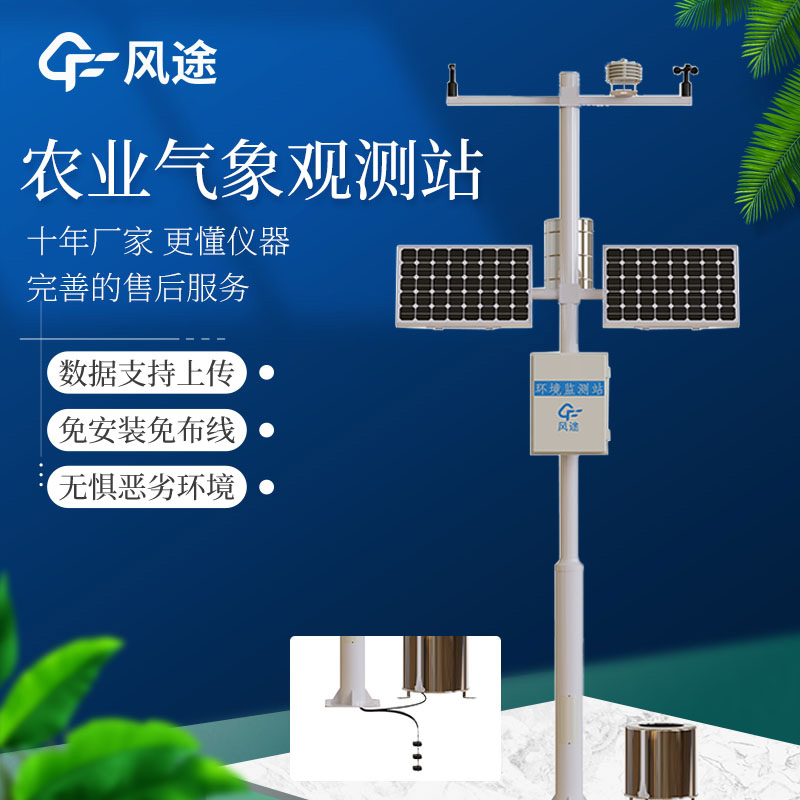What's inside an agricultural mini-weather station?
Firstly, there are various sensors related to agriculture.
Temperature sensors (including air temperature sensors, soil temperature sensors, water temperature sensors, etc.)
Humidity sensors (air humidity sensors, soil humidity sensors)
Wind speed sensors
Wind direction sensors
Rainfall sensors (such as tipping bucket rain gauges, optical rain gauges, radar rain gauges, etc.)
Light sensors (including light intensity sensors, sunshine duration sensors, etc.)
Air pressure sensors
Soil electrical conductivity sensors
Soil pH sensors
Leaf surface humidity sensors
Dew point temperature sensors
Evaporation sensors
Secondly, there is the support structure, which is used to place sensors, collectors, and transmission modules, as well as solar panels, to ensure the equipment is stable and facilitates data collection.
There are also transmission modules that send data wirelessly to a backend computer or cloud platform.
Solar panels and batteries provide power support to ensure the weather station can operate continuously 24 hours a day.
Lastly, there is the backend computer or cloud platform for data display, storage, and analysis. Users can monitor data in real-time, query historical data, and set up remote alarms for exceeding limits.

Article address:https://www.sqqx.net/en/news/218.html

 +86 15898932201
+86 15898932201



